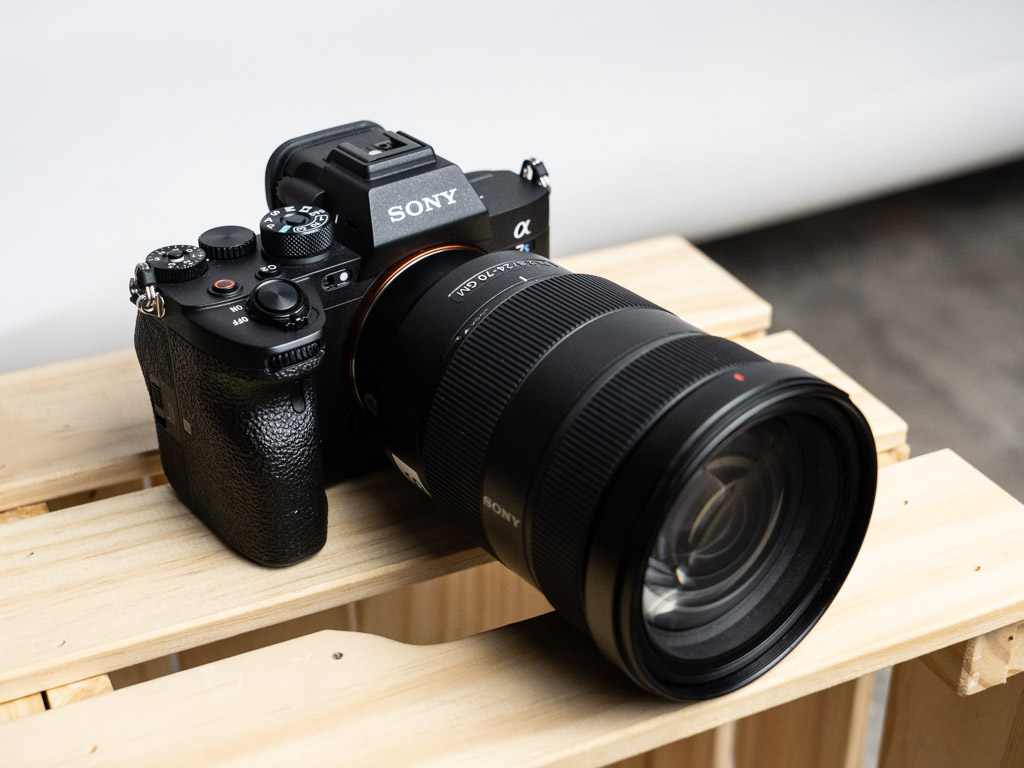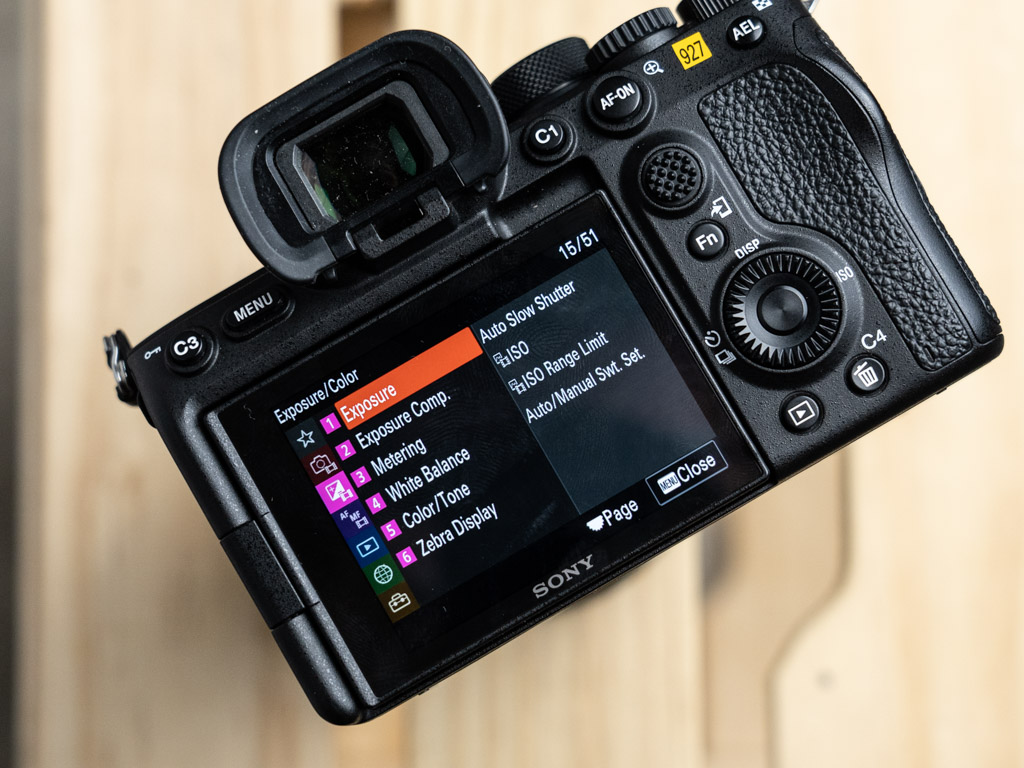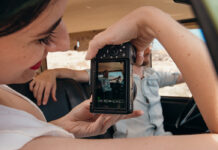
When I switched over to Sony last year, I did so in the knowledge that it was a trade off between ease-of-use and powerful features. I really wanted to be able to shoot full-frame photos and high-quality video, but I was aware that I would have to contend with Sony’s infamous menu system. When I heard about some of the new features on the Sony A7S III (coming soon) however, I realized that Sony has been paying very close attention to the concerns of shooters like me.
I’m going to say it right off the bat, no beating around the bush—this is a remarkable camera, one that fully cements Sony position as top dog among the mirrorless camera manufacturers.
Quick specs
The A7S III is a full-frame camera with a 12.1MP Exmor R CMOS back-illuminated sensor. It has a native ISO range of 80-102400, which can be expanded down to 40 and up to 409600. It weighs 614g and can shoot up to 10 RAW frames per second. If 12.1MP sounds pretty low-res, you have to bear in mind that this is a camera aimed at video shooters rather than still shooters, who might prefer the A7R III which has a 42.4MP sensor.
Best new feature of the Sony A7S III
There are a number of great features on the the A7S III, but the one that really made my heart sing is the new menu. Probably not a feature that will grab many headlines, but you have to understand just how bad the old system was. I have been using my A7 III for quite a few months now and I still struggle to find menu items that I use quite often. Thankfully you can set up a custom menu of your own, but you’re still going to end up in the standard menu every once in a while, wondering how they made it quite so unintuitive. The menu on the A7S III is a joy to behold by comparison. It is beautifully color coded and well laid-out, and best of all you can navigate it using the touchscreen. It has always perplexed me that it’s not possible to access the menus on the A7 III via the touchscreen, so this feature really stood out for me. I also appreciate that the custom menu is the first in the list rather than the last (see the star in the top left corner of the menu in the photo below).
Read my full review of the Sony A7 III here.

Ergonomics of the A7S III
I generally find that Sony mirrorless cameras are a little bit small for my hand, so I was immediately pleased when I first picked up the A7S III because the handgrip is bigger which allows me to get a better grip on the camera. Sony has also added a video record button to the top of the camera, which is bigger and easier to use than the tiny one on the back of the A7 III. Another nice upgrade is the port covers on the side of the camera, which are now hinged and really easy to close. I also like that the mic input has its own dedicated space. One of the major improvements on the A7S III however, is the LCD screen which now rotates all the way to the forward-facing position, which is a major plus for anyone who needs to compose the shot and also be in it, like vloggers.

Video features
As I mentioned earlier, this is a camera aimed at video shooters, and I think they are going to be more than a little impressed when they discover that the A7S III can shoot 4K video at up to 120 frames per second. That in itself is a phenomenal feature, but when you couple that with 10 bit colour capture (instead of 8 bit), you are in videography dreamland. And as if all that weren’t enough, you can shoot 16-bit RAW mode to an external capture device. This camera is indeed an indie filmmaking powerhouse.
One other feature that video shooters will appreciate is the Active stabilization mode which adds some digital stabilization to the in-body 5-axis stabilization to give even smoother hand-held video footage.
Low-light performance
As I mentioned earlier, the A7S III has a relatively low-res sensor, designed specifically for shooting video. The advantage of spacing out the pixels on an already large sensor is that you get much better low-light, high ISO performance. The problem of digital noise that crops up when you use a high ISO is exacerbated by the proximity of the pixels to each other. The more tightly packed they are, the more noise they produce. For example, the maximum ISO of the A7R III, with those 42.4MP, is 32000. The maximum ISO of the A7S III is 102400, which equates to 2 extra stops. Sony has also assured us that the autofocus performance of the A7S III in low light situations has also been upgraded. This is great news because I’ve been in situations where cameras with high maximum ISO numbers couldn’t get focus, and it’s a little frustrating.

Conclusion
Once again I have to say that the A7S III is a phenomenally well-designed and powerful piece of technology, one that redefines what we should expect from a mirrorless camera. Sony deserve huge credit for going all out to create a camera that is practically flawless, paying close attention to even the most minor details, like the card slots which are now numbered in the right order. And while you have to pay a premium to take advantage of the latest updates, I expect that a lot of these features will trickle down to more budget friendly models in due course. For now, let us marvel at the A7S III (coming soon), another ground-breaking mirrorless release from Sony.
Check out the full range of Sony mirrorless cameras available at BestBuy.ca



